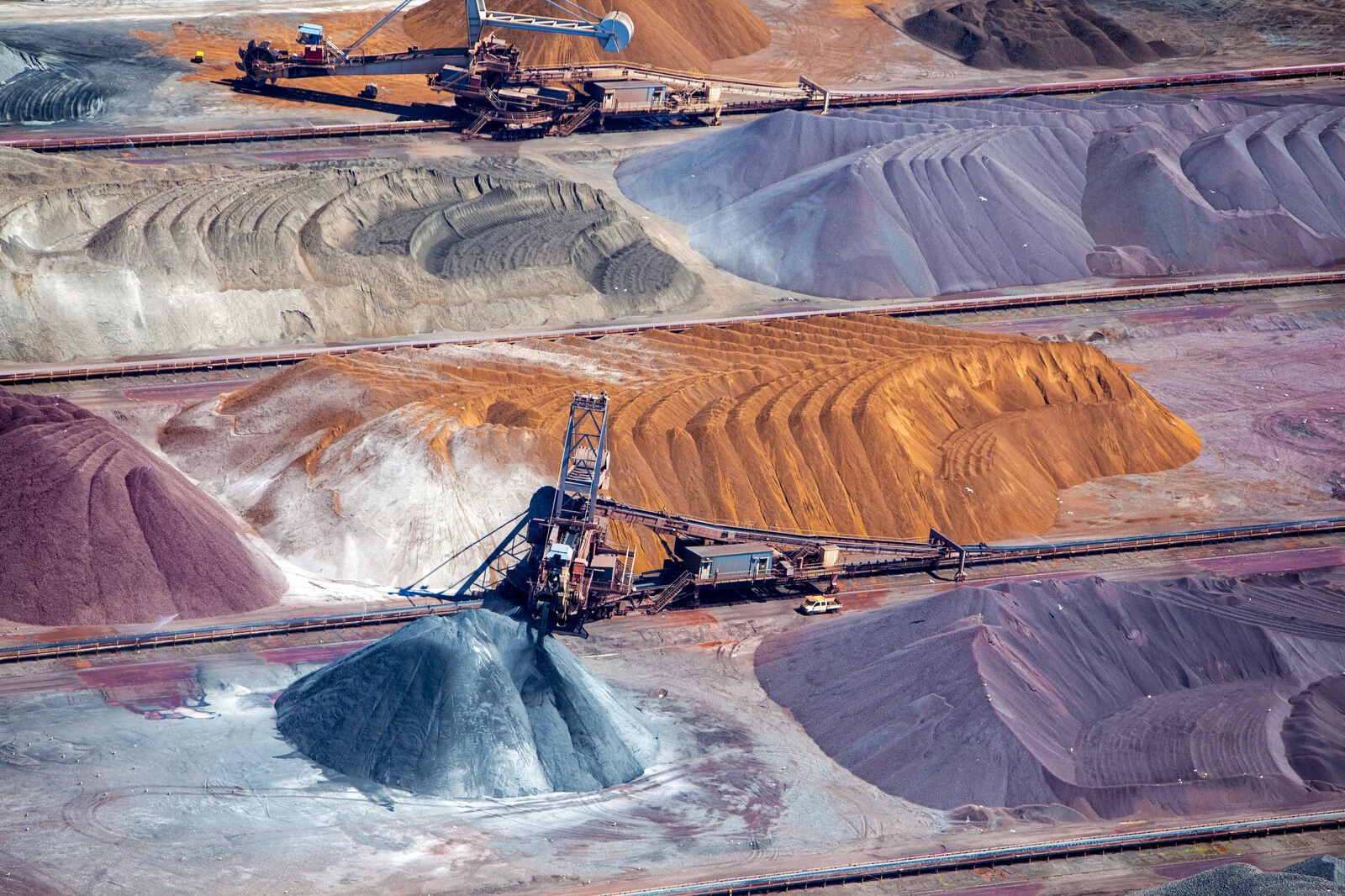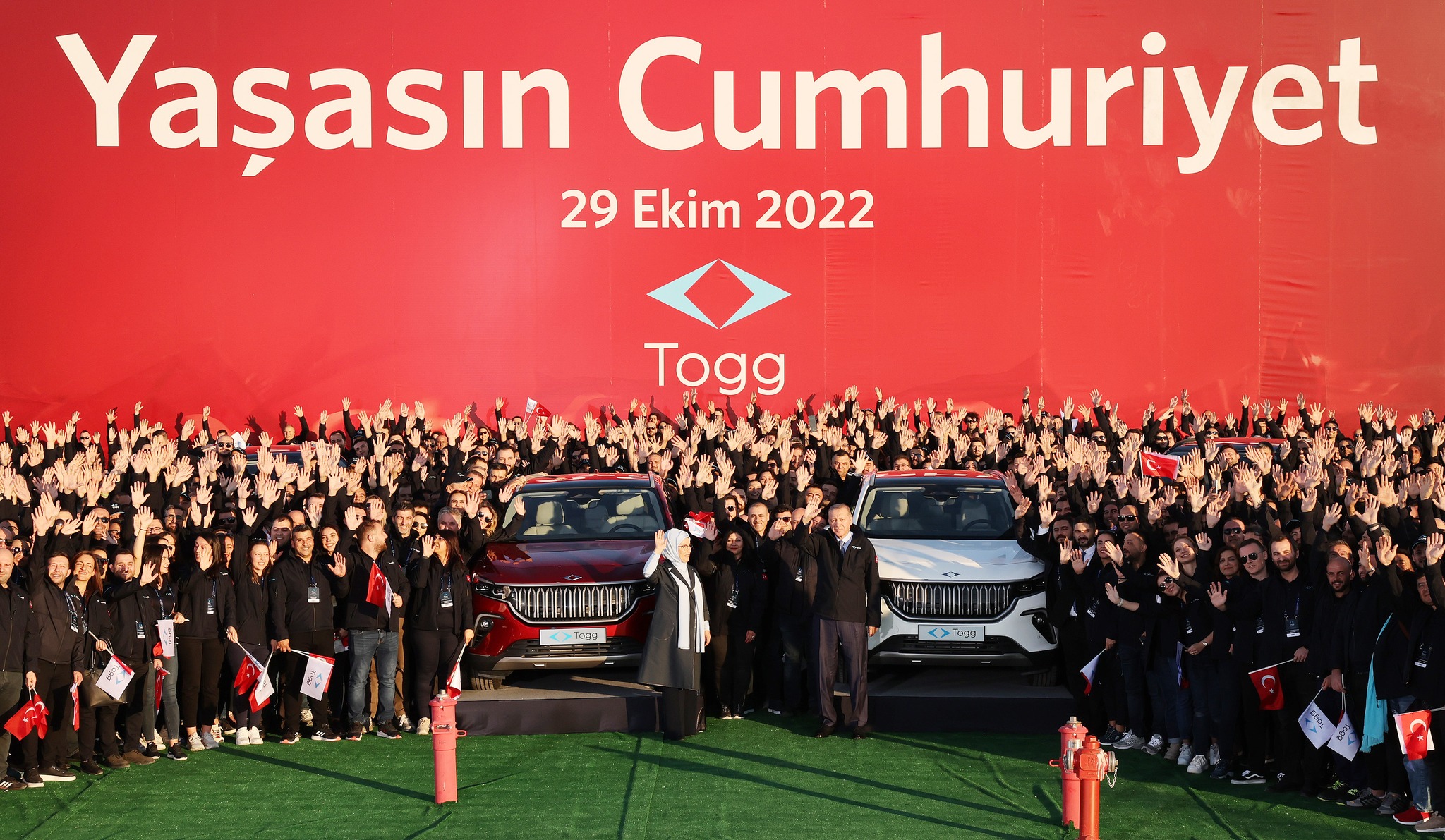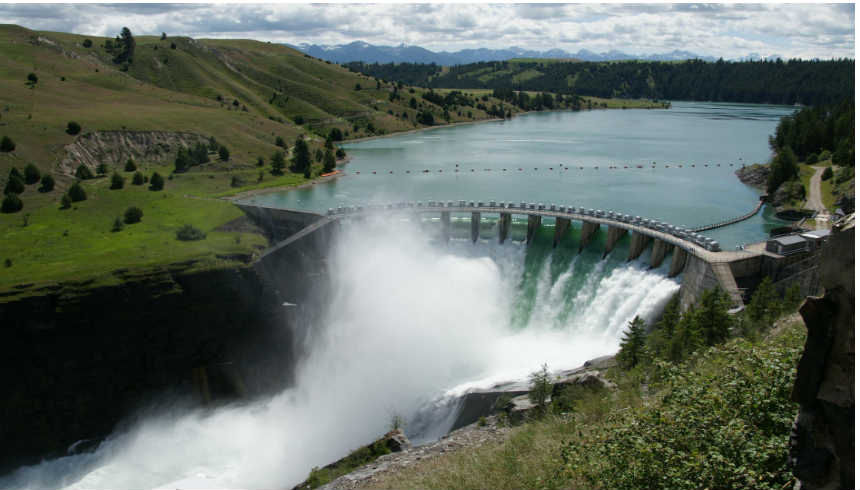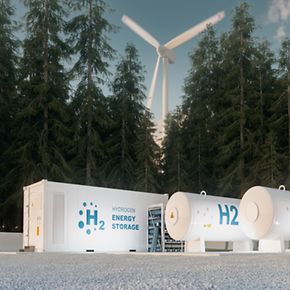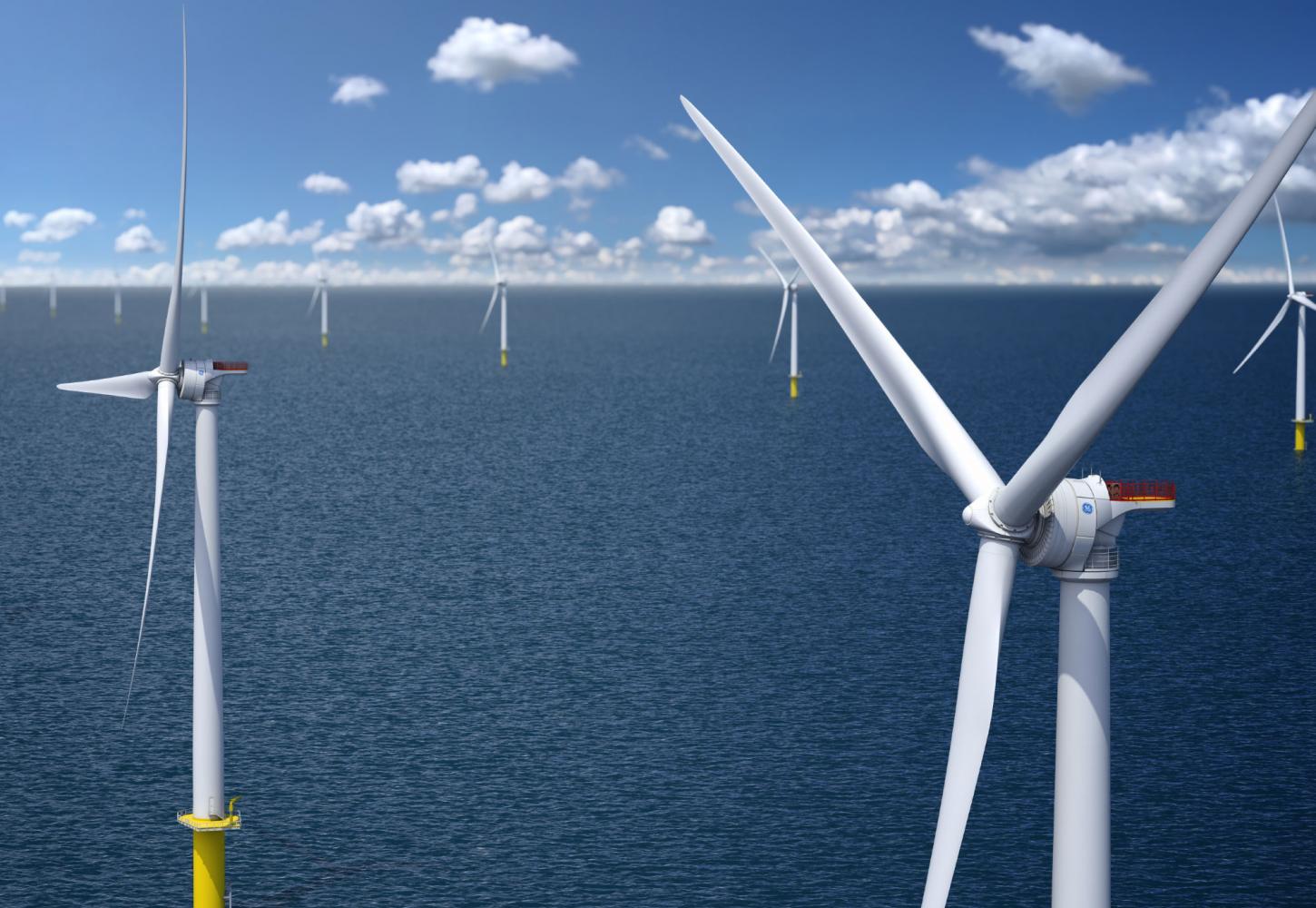In the grand tapestry of the green revolution, the interwoven threads of minerals and rare earth elements emerge as vital strands, essential to the realization of a sustainable and harmonious future. These elemental treasures, coveted for their unique properties, stand at the forefront of the energy transition, heralding a paradigm shift towards low-carbon technologies. To illuminate this critical nexus, I sought the insights of Sahit Muja, the esteemed CEO of Albanian Minerals, whose expertise resonates deeply within the realms of mineral extraction and sustainable practices.
The intricate interplay between supply and demand for these indispensable minerals reveals a chasm that threatens to undermine the ambitious objectives of the energy transition. The Securing Minerals for the Energy Transition initiative has emerged as a beacon of guidance, deftly identifying the myriad risks associated with this disparity and proposing actionable strategies to mitigate them.
As articulated by Mr. Muja, the burgeoning embrace of low-carbon technologies necessitates a cataclysmic acceleration in the supply of critical minerals, unparalleled in its urgency. Minerals such as lithium, cobalt, copper, nickel, along with rare earth elements like Neodymium and Dysprosium, constitute the very backbone of electric vehicles (EVs), renewable energy infrastructures, and the intricate web of power grids that sustain modern civilization.
In the throes of intensifying competition for self-sufficiency in these rare earth elements, Mr. Muja underscores the imperative for a collaborative and diversified approach to sourcing. He posits that the landscape of rare earth element production should not be monopolized by a singular entity but rather foster a multitude of participants, each contributing to a resilient global ecosystem. The geographical dispersion of these elements presents a tantalizing opportunity for systemic diversification, thus reducing the prevailing dependency on China, which currently holds a predominant position in the market.
The urgency of this endeavor cannot be overstated, particularly as global superpowers vie to secure sustainable extraction methods for these pivotal minerals. The swift and relentless demand surge imposes formidable challenges, with projections by McKinsey illuminating the dire consequences of failing to bridge the burgeoning supply-demand gap. The specter of significant greenhouse gas emissions looms large, jeopardizing the very fabric of our climate aspirations.
Addressing this labyrinthine challenge mandates innovative strategies and synergistic collaborations among regulators, industry leaders, and financial stakeholders. Initiatives such as the Securing Minerals for the Energy Transition (SMET) initiative delineate critical strategies that encompass social acceptance, standardization, innovative financing, and a circular economy approach.
Effective risk management, underpinned by concerted action, is paramount to ensuring a sustainable and accessible supply of these essential minerals, thus safeguarding the integrity of the energy transition. As the clarion call to combat climate change reverberates through society, the critical minerals supply-demand gap takes on a central role, necessitating global collaboration and pioneering solutions to pave a seamless pathway toward a low-carbon future.
The ongoing global energy transition has cast a spotlight on the surging demand for minerals that fuel electric vehicles, wind turbines, and solar panels. The mineral market has experienced robust growth in recent years. It is projected to increase from $1,021.75 billion in 2023 to $1,083.89 billion in 2024, reflecting a compound annual growth rate (CAGR) of 6.1%.
However, beneath this optimistic veneer lies a persistent undercurrent of concern regarding project delays and technology-specific shortages. Achieving the 1.5°C global warming target by 2030 necessitates an acceleration of projects, underscoring the urgent nature of the prevailing situation.
The IEA’s analysis further reveals a sluggish pace in diversifying supply sources, exposing significant opportunities for enhancing environmental, social, and governance performance. These trends illuminate the essential need for robust dialogues among global stakeholders, uniting efforts to address these multifaceted challenges.
Sahit Muja’s reflections on the unprecedented surge in electric vehicle sales underscore the profound implications of this transition, as he anticipates an even more robust market ahead. The tectonic shift towards electric vehicles, propelled by the imperatives of climate change mitigation, serves as a primary catalyst for this evolution.
Central to this transformative journey is the critical role of metals, particularly nickel, as the bedrock for batteries that power the green revolution. With expectations of heightened demand and escalating prices for battery materials, nickel emerges as a fundamental pillar upon which a sustainable future may be constructed.
Albanian Minerals is at the forefront of this endeavor, collaborating with scientists and institutions to innovate eco-friendly metal grades tailored for the energy storage and battery industry. With secure reserves of nickel, magnesium, and cobalt, the company embodies the potential for transformative advancements in energy storage solutions. Nicknamed the “green gold of the future,” nickel is lauded for its superior energy density and cost-effectiveness, addressing a critical barrier to widespread EV adoption: range anxiety.
The advocacy of Tesla CEO Elon Musk for increased nickel mining aligns seamlessly with the company’s ambitious growth trajectory. Musk elucidates the necessity for substantial nickel reserves to realize Tesla’s vision of producing 2 billion vehicles powered by cutting-edge batteries, a feat that demands a staggering 100 million tons of nickel. His clarion call for efficient and environmentally sensitive mining practices underscores the stakes involved, as he extends significant contracts to mining companies that adhere to stringent ecological standards.
As Musk aptly notes, while lithium supplies may not pose a pressing concern, the narrative increasingly pivots towards nickel as the cornerstone raw material in the quest for sustainable transportation. Although lithium exists in abundance within the United States to facilitate the transition of the entire vehicle fleet to electric, the indispensable role of nickel remains paramount in achieving Tesla’s ambitious production goals of 20 million vehicles annually by 2030.
In summation, the utilization of nickel in automotive batteries not only enhances energy density and reduces storage costs but also extends the range of electric vehicles, fortifying their viability as a mainstream solution. Furthermore, innovative nickel-infused battery technologies are poised to revolutionize energy storage systems linked to renewable sources, thereby amplifying the multifaceted significance of this critical mineral within the ever-evolving landscape of sustainable energy solutions.
As we stand at the precipice of this transformative era, the confluence of minerals, rare earth elements, and clean technologies beckons us toward a future imbued with promise. By fostering international collaboration and harnessing innovative strategies, we can ensure a harmonious transition to a low-carbon energy paradigm, ultimately achieving our collective climate objectives and nurturing a sustainable world for generations to come.
Discover more from Green Innovation News
Subscribe to get the latest posts sent to your email.

